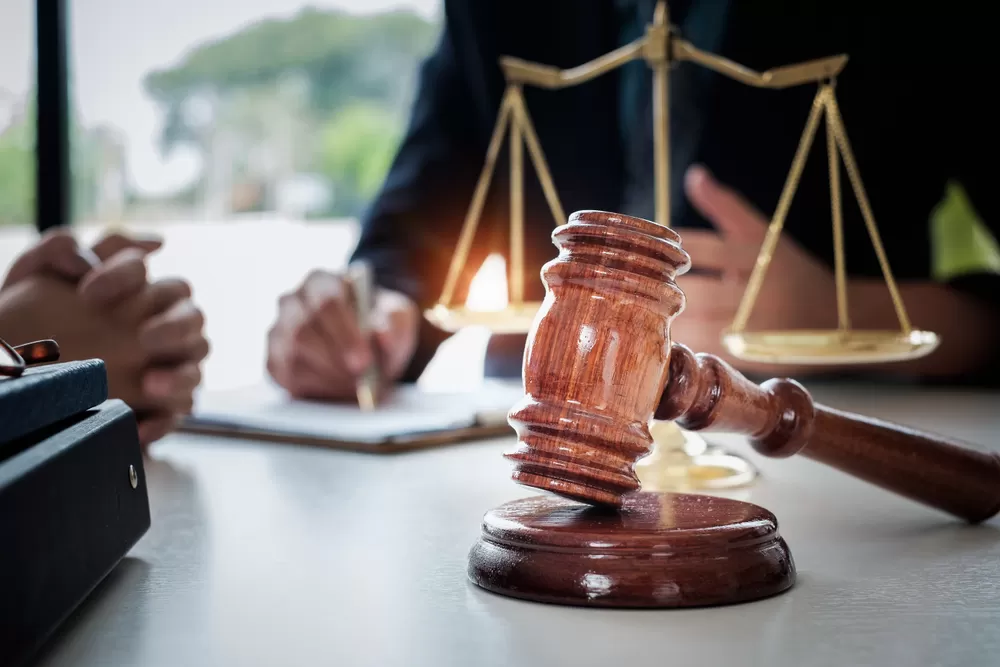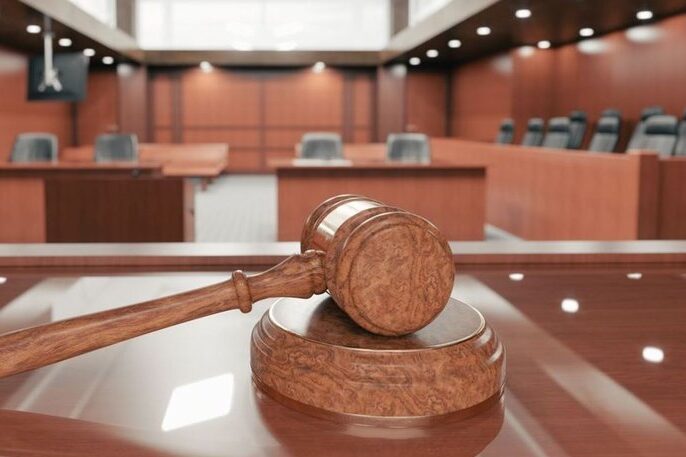Navigating the Complexities of Filing Claims
When navigating the complexities of filing a bankruptcy claim, creditors are confronted by a multi-layered legal framework that demands precision and adherence to procedural formalities. Within this context, the filing of a claim is not just a mere submission of a creditor’s written statement but a strategic move that requires a comprehensive grasp of the type of claim – whether it’s secured, unsecured, priority, or administrative – and the intricacies of its categorization, which impacts the eventual payout hierarchy. From the dry plains of form B410 to the meticulous detailing of proof, each document is a pivotal piece in the puzzle that could alter the course of recovery. Creditors must approach this task with an analytical eye, as the failure to correctly file or timely submit these forms could lead to the disallowance of their claims, thus forfeiting their share of any distributions and leaving them to navigate the bankruptcy proceedings with diminished leverage and visibility.
To bolster their case, creditors must amass and present compelling documentation that substantiates their claim. This involves a detailed statement of the debt owed, including the date of origin, the basis of the claim, and evidence corroborating the amount asserted. In bankruptcy, documentation serves as the linchpin of validity; without it, a creditor’s claim may be easily contested or dismissed. Timelines, too, are critical – missing a deadline can irreparably prejudice a creditor’s legal right to recovery. Creditors must therefore remain vigilant, keeping abreast of the bankruptcy case developments and any court-imposed deadlines, to ensure they do not inadvertently forfeit their rights. Each claim records not just a financial figure but also enshrines a creditor’s voice in the proceedings, making it critical to wield this tool with informed precision for maximum strategic advantage.
Necessitated by the overarching aim of maximizing potential recoveries, creditors must navigate the resultant complexity of the bankruptcy claims process with acumen. Staying informed of the debtor’s financial affairs and the progress of the case is crucial, often necessitating active participation in court hearings or committee meetings. Moreover, vigilance in monitoring the claims register and objecting to other creditors’ claims when necessary can ensure the preservation of one’s own proportional slice of the estate. In doing so, the creditor not only reinforces the legitimacy of their claim amidst myriad competing interests but also strategically positions themselves to negotiate better terms or influence the direction of the bankruptcy case. The act of filing a claim thus becomes a dynamic engagement in the bankruptcy arena, where one’s proactive involvement and legal savviness can dramatically affect the final outcome.
Establishing Priority in Bankruptcy Proceedings
When a debtor declares bankruptcy, the order in which creditors are paid—their priority—is not left to chance but is determined by the bankruptcy code. Filing a claim to the bankruptcy estate is a critical legal declaration that enables a creditor to establish their place in this priority hierarchy. Prompt and proper claim assertion ensures that the creditor’s demand for repayment is acknowledged by the bankruptcy court, thus safeguarding their right to a share of any distributed assets. Those who fail to record their claims in accordance with the strict timelines and formal requirements risk being relegated to the end of the queue or, even worse, forfeiting their right to repayment altogether. Therefore, by registering their claim, creditors not only signal their intent to recover funds but also set the stage for their potential involvement in the proceedings, heightening their influence over the decision-making process that determines the order of payments.
Beyond the mere acknowledgment of a debt, recording a claim can affect the categorization of creditors, distinguishing between secured and unsecured claims. Secured creditors—those with collateral backing their claims—generally enjoy a higher repayment status than unsecured creditors. A rigorously documented claim, therefore, is crucial in asserting the secured status, hence preserving the legal right to enforce the lien against the debtor’s assets. If a claim is not recorded, or if recorded improperly, creditors may inadvertently forfeit their privileged position and find themselves among the ranks of unsecured creditors. Such a misstep could diminish their recovery prospects significantly, as unsecured creditors typically recover a smaller, pro-rata portion of their claims and only after the satisfaction of secured creditors’ claims. It is in this careful classification and assertion of claims that creditor priority takes shape, influencing the ultimate distribution from the bankruptcy estate.
Successfully recording a claim, however, is merely the beginning, as active participation following the submission is pivotal in preserving creditor rank. Vigilant creditors must monitor the proceedings, object to improper claims that could dilute their recovery, and engage in negotiations or disputes over the extent and validity of competing claims. This attentiveness can be particularly advantageous during the claims resolution process, where the court scrutinizes the merits of each claim. An asserted and well-documented claim augments a creditor’s voice in such negotiations, potentially leading to a more favorable reconciliation of the estate and, consequently, a more substantial return on their claim. Hence, the act of claiming is not a static investment but an ongoing strategic engagement, instrumental in maximizing the creditor’s recovery from a debtor’s limited pool of assets.
Protecting Creditors’ Rights in Insolvency Cases
In the volatile realm of bankruptcy, the protection of creditors’ rights stands at the forefront of insolvency cases. Recording a claim is a decisive act that shields a creditor’s ability to recover owed assets amidst the clashing interests that surface during insolvency. It transforms an informal obligation into a legal assertion, providing the creditor with a voice in the proceedings and a place in the line for asset distribution. By meticulously documenting the nature, amount, and precedence of their claim, creditors effectively communicate their demand for repayment, staking their territory in the competitive landscape where debtors’ assets become the subject of fierce contention and judicial scrutiny.
The act of recording a claim within the allotted time frame serves to preserve these rights, functioning as a bulwark against the dismissal of legitimate claims due to procedural technicalities. It signals to the bankruptcy court and other interested parties the seriousness and legitimacy of the creditor’s interest, compelling the trustee to consider the claim during asset allocation. Furthermore, it entitles the creditor to access critical information about the debtor’s financial affairs and to participate in key decisions, such as the approval of reorganization plans or the liquidation of assets. In the absence of such a recorded claim, a creditor may find themselves without recourse, their debts unacknowledged and relegated to the silent periphery of proceedings where recovery is all but impossible.
Filing a claim reinforces the hierarchical structure of the bankruptcy process, ensuring the creditor’s ranking in accordance with statutory priorities. Essentially, it serves as a protective cloak, enabling the participant to weather the storm of competing claims and the uncertainty of the debtor’s asset pool. Failure to assert a claim not only forfeits this armor but may also imply acquiescence to lesser standing or complete disregard. In safeguarding their rights, creditors must be proactive and precise in recording their claims, as this is the bedrock upon which their hopes for recompense rests—a potent and essential strategy in the complex adjudication of bankruptcy cases.







